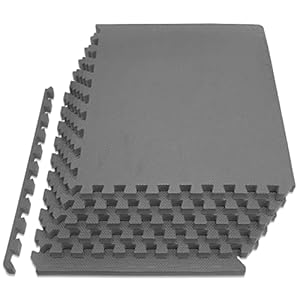The word “biometrics” is derived from the Greek words ‘bios’ and ‘metric’; which means life and measurement respectively. This directly translates into “life measurement”.
Biometrics is the science and technology of measuring and analyzing biological data. In information technology,Biometrics Devices refers to technologies that measure and analyze human body characteristics, such as DNA, fingerprints, eye retinas and irises, voice patterns, facial patterns and hand measurements, for authentication purposes.
Why Biometric?
Biometric is most definitive, real-time tool available today and can be combined with other tools to form more secure, easier to use verification solutions. Recognizes individuals definitively based on physiological and behavioral characteristics.
Types of Biometrics
There are basically two types of biometrics:
1. Behavioral biometrics
2. Physical biometrics
Behavioral biometric definition: Behavioral biometrics basically measures the characteristics which are acquired naturally over a time. It is generally used for verification.
Examples of behavioral biometrics include:
* Speaker Recognition – analyzing vocal behavior
* Signature – analyzing signature dynamics
* Keystroke – measuring the time spacing of typed words
Physical biometric definition: Physical biometrics measures the inherent physical characteristics on an individual. It can be used for either identification or verification.
Examples of physical biometrics include:
* Bertillonage – measuring body lengths (no longer used)
* Fingerprint – analyzing fingertip patterns
* Facial Recognition – measuring facial characteristics
* Hand Geometry – measuring the shape of the hand
* Iris Scan – analyzing features of colored ring of the eye
* Retinal Scan – analyzing blood vessels in the eye
* Vascular Patterns – analyzing vein patterns
* DNA – analyzing genetic makeup
Authentication by Biometric
Verification is becoming increasingly common in corporate and public security systems, consumer electronics and point of sale (POS) applications. In addition to security, the driving force behind biometric verification has been convenience.
Biometric devices, such as finger scanners, consist of:
• A reader or scanning device
• Software that converts the scanned information into digital form and compares match points
• A database that stores the biometric data for comparison
To prevent identity theft, biometric data is usually encrypted when it’s gathered. Here’s how biometric verification works on the back end: To convert the biometric input, a software application is used to identify specific points of data as match points. The match points in the database are processed using an algorithm that translates that information into a numeric value. The database value is compared with the biometric input the end user has entered into the scanner and authentication is either approved or denied.
Biometric Systems can be controlled by two things. One is human Physiology and other one is the Behavioral. This system can control by using following things. (i.e. Human Face, Fingerprint, Hand, Human Iris, DNA, Number of keystroke, Signature, Individual Voice)
This type of Biometric Machines such as access control system, time and attendance recording. This can be also used for visitor control system, Time and attendance software, Door Access Control and for other security. This technology performs at very high efficiency. There is very little possibility of error so you can trust on it for any security related task. Following are the some advantages of the Biometric machines devices security which makes you to believe on it.
• Stolen passwords.
• Positive and accurate Identification
• Highest level of security
• Impossible to forge
• Serves as a Key that cannot be transferred.
• Safe & user friendly
Trending Products










